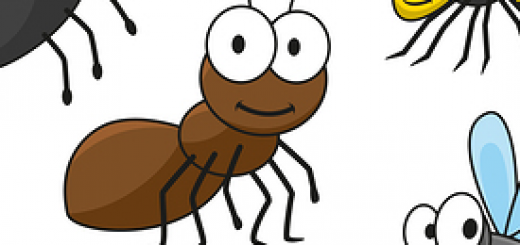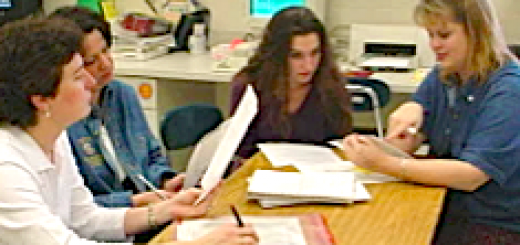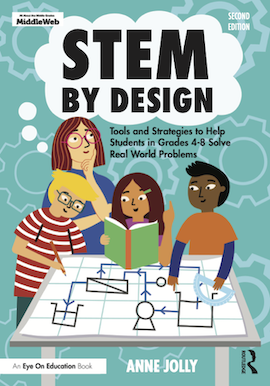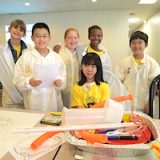STEM and Summer Learning Loss
As school was drawing to a close one year, I shared these thoughts about summer learning loss in a newsletter. The topic continues to be so important I thought I’d share the newsletter content here. It’s written with parents in mind, and I hope teachers will find ideas to share as the latest batch of STEM kids leaves your classroom.
School is out for summer break and kids are excited about this sun-and-fun time of the year. No more learning, right? Wrong! (You knew that.) Kids are always learning. Whether their learning is productive is a different question. For many of them, the “summer slide” is in full swing.
Let’s put a stop to summer learning loss! Summer is a great time for informal learning and, given the right opportunities, kids can continue thinking, experiencing, and learning. Take a look at these ideas for STEM applications and see if any work for your kids.
- Create “Maker Spaces.” Imagine a space filled with an assortment of materials and tools where kids explore ideas, create, and invent. Now think of such a space existing at home – a space that nurtures kids’ curiosity and thinking. To create a maker space, just grab the largest space you can “spare” for the summer. Provide a variety of tools and materials that kids can use to create things that interest them and/or solve a problem around home. This article gives you six ideas to help you set up a maker space.
- Explore the outdoors. Turn trips into STEM field trips. Visit zoos, museums, theme parks, gardens, farms, factories or businesses, or other sites. As you do so, ask kids questions to start them thinking about how science, technology, engineering, and/or math are important. Call attention to how theme park rides operate. (How are they constructed? How are science, technology, and/or math used to engineer these?) Take your children on hikes and talk about everything from the environment to how/why a trail is constructed in particular location or manner.
- Keep kids thinking creatively and inventively. Some ideas: (1) Ask kids open-ended questions (not “yes” or “no” questions) and listen carefully and silently as they answer. Don’t interrupt. (2) Help them identify problems around the house or neighborhood that need to be solved. Rather than giving them an answer or a solution for a problem, encourage them to research and come up with several possible solutions. (3) Make your home a “risk-free” zone. Allow kids to explore, make mistakes, and point out that failing to get it just right the first time is a good way to learn.
- Use digital media productively. Rather than kids spending all of their time playing games on their digital devices, point them to some of these sites and spend time with them as needed to explore and engage in educational games and undertakings. (You may have other educational sites in mind, as well.)
- PBS Kids Design Squad: This site (one of my personal favorites) offers hands-on activities that will engage kids in the engineering design process. Here is a list of activities designed for ages 9-12. The activities use simple materials and allow for multiple solutions.
- PBS Parents is a good site for tips on nurturing science curiosity in younger kids.
- TeachEngineering offers this “Build a Bridge and Get Over It” activity with simple materials and instructions (grades 6-7). A six-hour adventure!
- Scientific American features some really fun science activities which parents and kids (ages 6 – 12) can do together with household items in half an hour or less.
- National Geographic Kids is a terrific site for engaging kids in playing games, learning information about animals and places, and getting fun facts.
Have a great summer! And thanks for your interest and commitment to helping your children remain in “learning mode” over the long break.
Also see my post on 8 Tips for Planning Summer STEM Fun for more ideas!












